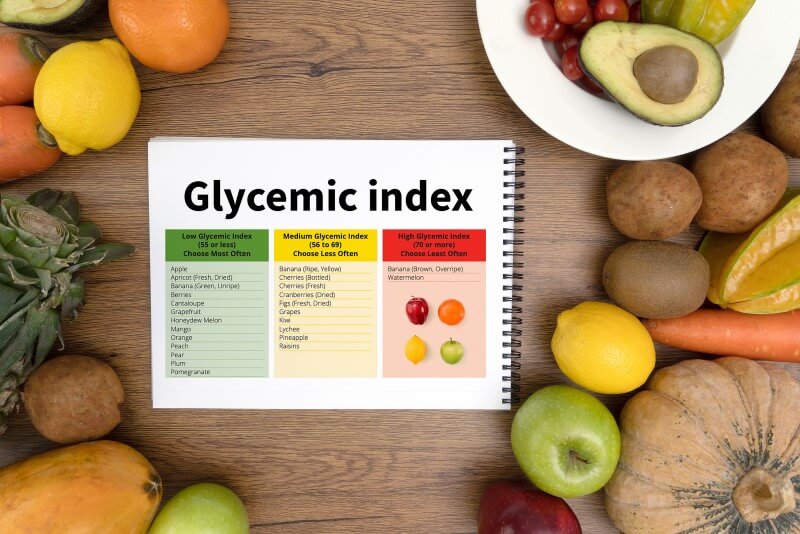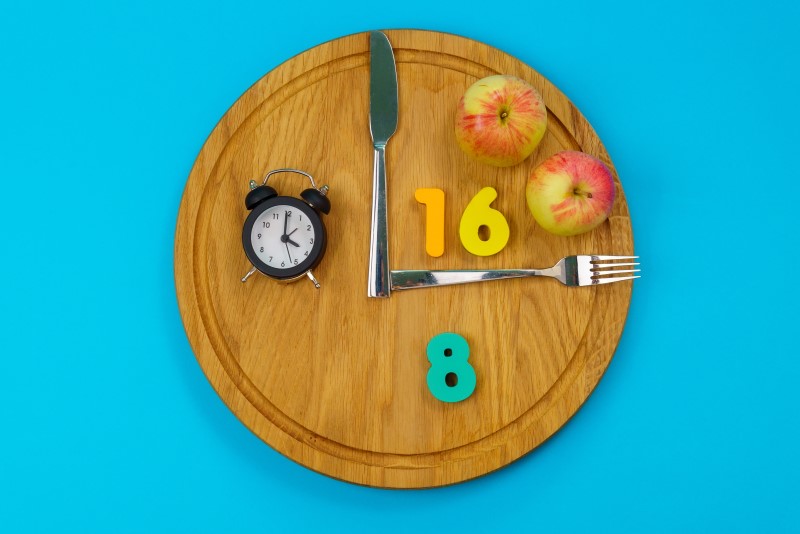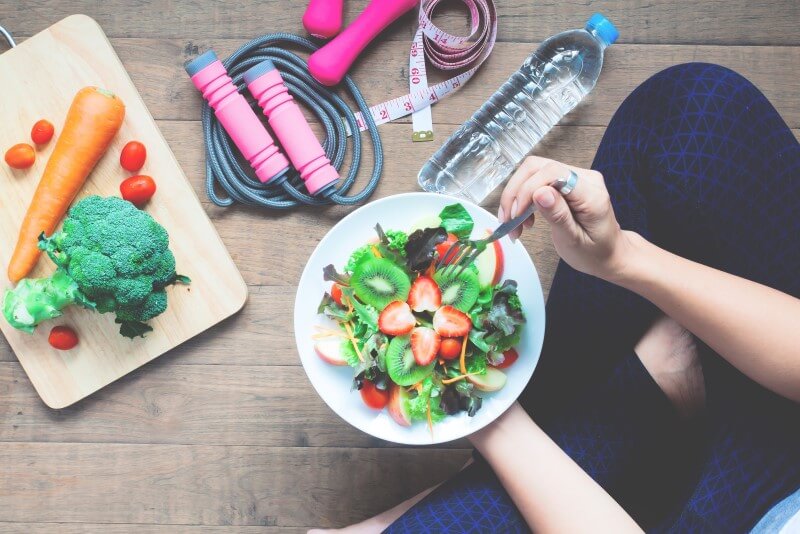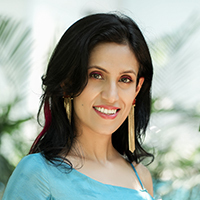Diabetes has become a prevalent concern affecting a significant portion of the population. Managing diabetes requires sustained effort and careful consideration. Diet stands out as one of the most crucial aspects of diabetes management. In this article, we will explore a diet chart for diabetics, aiming to help them enjoy their meals while prioritising their health.
Understanding Diabetes and Diet
Diabetes is a condition characterised by the body’s inability to effectively regulate blood sugar levels. When we eat, the body converts carbohydrates into glucose, a form of sugar. In people with diabetes, either the pancreas doesn’t produce enough insulin (a hormone that helps cells absorb glucose) or the body can’t use the insulin properly.
This leads to an accumulation of glucose in the blood, causing high blood sugar levels and many more problems in the long term. Different foods impact blood sugar levels differently; carbohydrates tend to raise them, while proteins and fats have a milder effect. Managing diabetes involves monitoring food intake to maintain balanced blood sugar levels.
Key Components Of A Diabetes Diet Chart
Crafting a diet tailored for individuals with diabetes involves considering key factors to promote overall health. According to Robin Ederman, a diabetes educator and dietitian, a diabetes-friendly diet should prioritise reducing blood sugar levels, blood pressure, cholesterol, and maintaining a healthy weight.
- Blood Sugar Management: Maintain levels between 70-130 before meals and below 180, two hours after eating, emphasising low glycemic index foods.
- Blood Pressure Control: Prioritise a diet rich in non-sweet fruits, vegetables, lean proteins, and whole grains, while moderating sodium intake.
- Cholesterol Maintenance: Choose heart-healthy fats like those in avocados and nuts & seeds, and incorporate high-fibre foods such as vegetables, complex grains and legumes.
- Maintaining a Healthy Weight: Focus on nutrient-dense foods, complemented by regular physical activity, to support weight management (weight loss, weight gain) and overall well-being.
Diet Chart For Diabetic Patients
The below mentioned diet chart is based on the glycemic index approach. Glycemic index essentially is the measure of the blood glucose-raising potential of any food item. The factors affecting the glycemic index are its nutrient composition, ripeness, cooking method, and amount of processing. The classification based on the glycemic index helps in better management of blood sugar. Based on the glycemic index, food is classified into 3 parts. Low, medium, and high. On a scale of 100, the following generalisations are made.
- Low GI – 1 – 55
- Medium GI – 56 – 69
- High GI – 70 to 100
Foods with a high GI are rapidly digested and cause a swift spike in blood sugar, while those with a low GI are digested more slowly, resulting in a gradual and controlled increase.Low glycemic food has been linked to the prevention of various diseases and it can even cure an existing disease. To reverse and manage diabetes, the following phase-wise plan can help.
You can also check out this article to pick the best food for diabetic patients.
Printable Diabetic Diet Chart

| Phase 1 | Phase 1.5 | Phase 2 | Phase 2 (minimal use) | Foods to avoid |
| Most vegetables except those mentioned in other columns. Sea vegetables Sprouted pulses; sprouted nuts and seeds Non-sweet fruits avocados, cucumbers, lemons, etc., Fats and oils like flaxseed oil, hemp seed oil, almond oil, sunflower oil, avocado oil, Nuts, and seeds. Superfoods super green powders, spirulina, blue-green algae etc. Sweetener Stevia | Vegetables Raw carrots, raw whole beets Fruits Grapes, raspberries, blueberries, strawberriespomegranate Superfood Bee pollen Grains Quinoa, buckwheat, millet, amaranth, etc. Fermented Foods Apple cider vinegar, probiotic drink, miso, sauerkraut | Diluted coconut water Vegetables Raw yams and sweet potatoes, raw pumpkins Fruits Oranges, apples, pears, peaches, plums, and blackberries Juice Diluted grapefruit juice Raw cacao | Cooked veggies with medium glycemic index Cooked sweet potatoes, pumpkins, etc. High- Glycemic fruits Apricots, figs, raisins, melons, kiwi, dates, papaya, banana, and mangoes. Dried fruits Animal products (Organic, grass fed, A2 Milk/ products) Cooked, organic whole grains GMO free soya/ tofu Coffee | All processed foods All grains except listed in earlier columns, especially processed grains Added Sugar, alcohol, tobacco All animal products (except mentioned in phase 2) Heated oils, sp refined oils Bottled juices |
Note –
- If you are suffering from any disease related to blood sugar, you can start with phase 1. It can help in balancing the sugar naturally. This phase mostly includes vegetables, citrus fruits, seeds, sprouts, nuts, cold-pressed oil, etc. If you follow this diet for 2 – 3 months, symptoms of many diseases will start disappearing.
- If you feel your condition is 70-80% better, you can start including phase 1.5 in your diet. This includes grains that will give you lots of energy without increasing your sugar level. This phase includes low-glycemic vegetables and fruits.
- Phase 1 and 1.5 diets are for the cleansing process, after that your body needs maintenance. In phase 2, you will find a diet that will give your body all the necessary nutrients along with the required amount of sugar without causing any harm. This diet includes some items that we can use sometimes but in limited amounts which have been listed separately.
- The last column represents a high-glycemic food section, which we should avoid while following a disease-prevention diet.
Sample Diabetic Diet Plan:

This carefully crafted diet plan in the maintenance phase ensures a balanced intake of nutrients to support your overall well-being. Here’s a breakdown of your meals with a focus on proteins, fats, complex carbs, fiber, and probiotics.
| Meal | Recipe Options |
| Breakfast | 1- Scrambled tofu with stir-fried veggies.2- Green smoothie with 2 handfuls of greens, 2 tbsp flax seeds, half banana, and 1-2 tbsp sattu powder3- Moong Dal Chilla with A2 Desi Ghee, Bathua raita with 2 handful of Bathua, chat masala, salt, and greek yogurt. 4- Chickpea salad with lots of veggies and olive oil dressing. Add some grated coconut to garnish. 5- Quinoa and Vegetable Stir-Fry, Sauté cooked quinoa with a variety of colorful vegetables like bell peppers, broccoli, and spinach.6- Sprouts Salad: Mix sprouts with diced cucumbers, tomatoes, and bell peppers.Season with chaat masala and a squeeze of lemon.7- Quinoa Poha:Replace flattened rice with cooked quinoa. Sauté with mustard seeds, curry leaves, and lots of veggies.The overall idea is to make breakfast that is rich in protein and colourful fibre providing vegetables with some healthy fats. |
| Mini Meal (Nuts Smoothie) | 1 -2 citrus fruits or less sweet fruits of your choice and Nut smoothie – made with handful of nuts, 2 tbsp chia seeds, 1 piece date, spirulina, and algae powder.This mid-meal ensures we get our daily dose of minerals, vitamins, healthy fats, easily digestible proteins along with a dash of superfoods. (*Consume a mini meal only if you feel hungry) |
| Lunch/ Dinner (Main Meal) | Part 1 (40-50% of plate – rich source of fibre, vitamins and minerals) Rainbow salad of your choice ( Use raw or sauteed veggies, keep changing the ingredients everyday + probiotic like fermented veggies) Part 2 (20-25% of plate – healthy proteins and fats) Chickpea curry garnished with coconut/ Lentil soup topped with desi ghee (A2 Cow)/ Palak Paneer/ Soybean Sabji/ hummus with olive oil / Kidney beans with olive oil dressing/ Greek yoghurt dressing. Part 3 (rest- food of your choice !) Choose any grain of your liking ( Ragi, Jowar, Barley, Quinoa) / Veggie of your choice + Dal. ** Replace part 3 with a simple soup in case you feel too full or a cheat meal once a week to keep your heart happy :) |
Note :
- Avoid suddenly increasing your protein intake. Gradually include more to let your body adjust without discomfort. Bloating is a sign we are going too fast.
- Make sure to include a daily source of probiotics in your routine. To learn more, You can check out our blog about 20 traditional indian fermented food.
- When having high-carb or sugary foods, try a glass of lemon water or diluted vinegar prior to it to manage sugar spikes.
- Seek personalised guidance from a healthcare professional for optimal results
- Once a week, eat to your heart’s content in the form of a cheat meal but ensure you have a layer of healthy fibre, protein and fat prior to that samosa or burger.
- If you find giving up on wheat and refined flour hard, these gluten free recipes might change your opinion.
Tips and Suggestions For Diabetic patients

Now that we’ve explored a diet chart based on the glycemic index, you might be wondering what foods lower blood sugar immediately? or How can sugar cravings be controlled? Here are some simple suggestions to help manage your diabetes more effectively:
1. Prioritise Quality Sleep:
Recognize the importance of sleep as a high-performance tool in managing sugar metabolism. Ensure you get good, quality sleep regularly.
2. Order of eating:
For blood sugar balance, the ideal order would be consuming the veggies first, then going with protein and fats, and lastly consuming starches and sugars. Delaying the consumption of high glycemic food will control the sugar spike in the body.
3. Post-Meal Activity:
Calf raises or a half-hour walk after meals can help in managing the sugar peak. Calf muscles play a role in absorbing glucose, contributing to better blood sugar control.
4. Incorporate Physical Exercise:
Regular physical exercise, including activities like yoga, pranayama, and gym workouts, is crucial for managing diabetes. Exercise improves insulin sensitivity and contributes to overall well-being. You can opt for specialised yoga sessions for diabetes management as well.
5. Plate Strategy:
Simplify meal planning using a nine-inch plate: fill half with vegetables, a quarter with healthy proteins, and the remaining quarter with carbohydrates. This approach ensures a balanced and nutrient-rich meal.
These simple steps can be integrated into your daily routine to support better diabetes management. Always consult with your healthcare professional before making significant changes to your diet or lifestyle.
6. Optimize Digestion with Daylight Eating:
Harness the benefits of natural light by scheduling your major meals before sunset. This practice aligns with the body’s circadian rhythm, enhancing digestion and nutrient absorption. Choose lighter, easily digestible options if eating post-sunset. This approach not only supports metabolic processes but also promotes better sleep quality, contributing to overall well-being.
In conclusion, making smart food choices is key to managing diabetes effectively. Keep an eye on the foods that impact your blood sugar levels.
For personalised advice tailored to your unique needs, consider reaching out to a healthcare professional. They can offer valuable insights and help you create a plan that aims at reducing the risk of further complications and suits you best.
Taking charge of your diet, choosing healthy eating habits is taking charge of your health. Start making these positive changes today and pave the way for a healthier, happier you!
Note – The information provided is not a substitute for professional medical advice, users should consult healthcare professionals before making any huge lifestyle changes.
FAQs
Q. What is the Best Diet for a Diabetic Person?
Ans. The best diet for a diabetic person involves a balanced mix of vegetables, non-sweet fruits, whole complex grains, lean proteins, and healthy fats. Make sure to focus on nutrient dense foods and choose foods with a low glycemic index.
Q. Which Food is Considered Best for Diabetics?
Ans. Diabetics should consider nutrient-rich foods like leafy greens, berries, whole grains, complex carbohydrates, healthy fats (Desi Ghee, Avocado) and a daily dose of probiotics. These foods help effectively manage blood sugar levels.
Q. What Foods Can Diabetics Eat Freely?
Ans. Diabetics can freely enjoy non-starchy vegetables (e.g., broccoli, spinach), lean proteins, probiotics, healthy fats and low-sugar fruits (e.g., berries).
Q. What are the 3 Rules of a Diabetic Diet?
Ans. These three rules of diabetic diet should be given most priority.
a. A good quantity of healthy fats and proteins.
b. Whole, nutrient-dense foods should be given priority.
c. Be mindful of carbohydrate intake.
Q. What are the 5 Worst Foods for Blood Sugar?
Ans. A diabetic patient should avoid the following foods.
a. Sugary beverages.
b. Processed snacks and candies.
c. White bread and refined grains.
d. Fried foods.
e. Sugary desserts and pastries.
References
https://www.niddk.nih.gov/health-information/diabetes/overview/diet-eating-physical-activity
https://pubmed.ncbi.nlm.nih.gov/22397288/
https://www.ncbi.nlm.nih.gov/pmc/articles/PMC5872791/
https://pubmed.ncbi.nlm.nih.gov/31374573/

Priyanka Khurana Goyal is a prominent Indian figure renowned for her diverse accomplishments and contributions across various fields.. Read more


